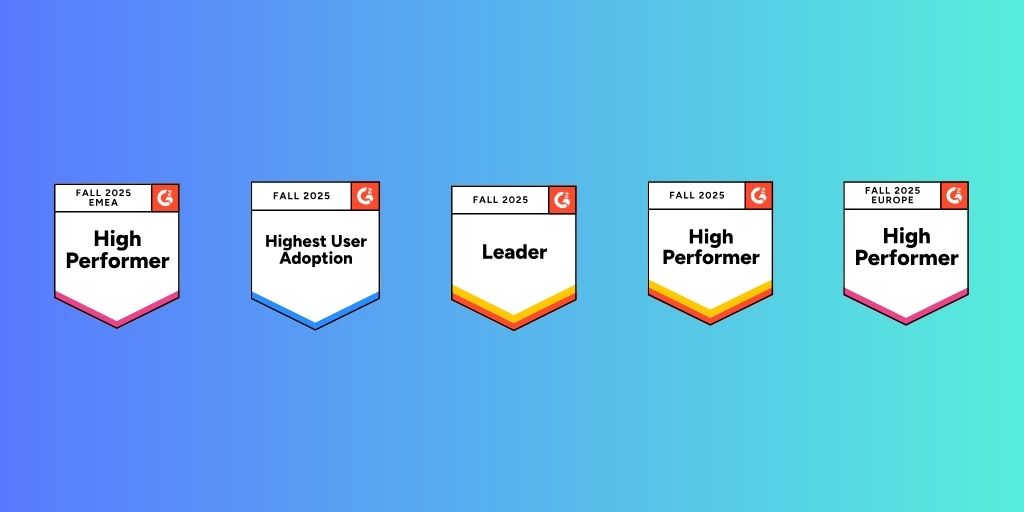What is business continuity?
Business Continuity is a set of procedures and measures adopted by a company to ensure that essential functions can continue during and after any incident or crisis, and that its operation is not affected.
In other words, it is the ability of companies to respond to a risk situation that could arise internally or externally, affecting the normal development of activities being carried out.
And a business continuity plan?
When talking about a contingency and business continuity plan, we are referring to how an organization prepares for incidents that may endanger it in the short, medium and long term. Possible situations include local incidents (such as fires, earthquakes, floods, tsunamis…), as well as regional, national or international incidents, such as pandemics, cyberattacks, etc.
That is, a business continuity plan is a logistical plan to, after an unwanted outage or disaster, know how an organization should recover and restore its critical functions partially or totally after they have been interrupted within a predetermined time.
In the following link you can find information on how to develop a continuity plan.
A business continuity plan is a logistical plan to, after an unwanted outage or disaster, know how an organization should recover and restore its critical functions partially or totally.
How do we combine business continuity planning with a GRC system?
Before getting into the subject, for those unfamiliar with what a GRC system is, it refers to the grouping of three critical areas in companies (Corporate Governance, Risk Analysis and Management, and Regulatory and Legal Compliance) into a single management model, through a management tool for these same areas.
For more information about it, you have the following article where it is explained in more detail what a GRC system is.
After understanding the previous points we can already talk about business continuity planning with a GRC system.
In the event of a disaster, the fact of have defined business continuity planning in a GRC software and be able to apply it, will have a positive impact on the image and reputation of the company, in addition to mitigating the different impacts and the loss of critical information in the face of these incidents.
It also allows to take advantage of the information that already exists in said GRC (we refer mainly to processes, risks, controls and compliance). In addition, if any of the previous parameters in the field of GRC were updated, the business continuity plan would also be updated, avoiding being outdated.
I mean having the business continuity planning integrated with a GRC system will allow us to have in a centralized way all the information of the company, and that it interacts with each other.
However, having business continuity planning defined in a GRC system is not enough, but additionally, companies must have the ability to react immediately to a threat and continue providing their services in a “habitual” way in order to avoid interruption and the normal development of their daily tasks. Therefore, to be able to practice on this last point, it is interesting that this GRC tool has a program of tests and drills, to be able to both learn and practice in case of disaster or crisis.
In summary, having the business continuity planning of our implemented in a GRC system can be advantageous since, among other reasons that we have already described, it goes hand in hand with our management system and, in a simpler and faster way, we can keep it updated.
From GlobalSuite Solutions we have been developing the GRC GlobalSuite solution formore than 10 years®. A software that helps you in the optimization of processes and the reduction of the uncertainty of risks, security, continuity, audit and compliance so that your organization is more secure, resilient and correctly manages your compliance
The platform aims to optimize the management of your system leaving behind manual methods that reduce the effectiveness of the team and dedicate time to what is really important.



